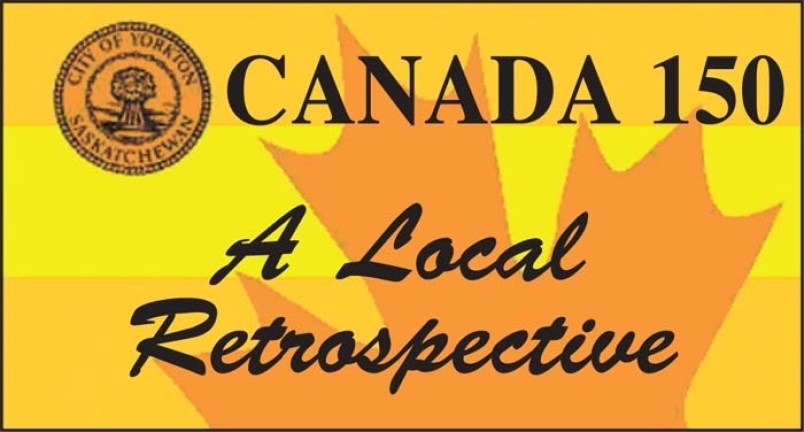On July 5, 1935, the Canadian Wheat Board was established in Canada. The board operated as the only way for farmers in the prairie provinces to market their wheat, with a guaranteed minimum price for the grain, with the idea to provide stability for farmers in the middle of the 1930s.
In Wilfrid Eggleston’s report for the Yorkton Enterprise, describes the creation of the Wheat Board as less immediate, with the features that defined it mostly existing in a dormant form, which could be activated on an emergency order of council.
“The government, instead of providing a wheat handling monopoly, comes into the picture as a guarantor of a fixed minimum price, in the event that a wheat farmer is not able to do better himself elsewhere,” wrote Eggleston.
The debate around the Canadian Wheat Board continued to look much like the debate described by Eggleston, proponents arguing for the safety and buying power of a government-run monopoly, while detractors preached about the value of the free and open market, until 2012 when the CWB lost its powers as a single marketing desk. It was eventually privatized, with the majority purchased by Global Grain Group.
Within Yorkton, there was one thing that was on the mind of the Yorkton Enterprise, and that was the upcoming 50th anniversary of the Yorkton Fair. While the fair was still a week away, running from July 15-17, the Enterprise was filled with excitement about what the fair was going to offer in its golden jubilee year.
A special section was devoted to the rodeo features of the fair, whether educating people about the various rodeo events or telling legends of steers which could not be rode. Headlines promised that all previous attendance records would be “shattered” by the crowds at the 1935 event.
The judges at the fair were promised to be “outstanding men with long experience as cowpunchers,” and “rules and regulations will be enforced without fear or favor.” While the current Yorkton Exhibition Association may also enforce rules and regulations without fear or favor, it is unknown just how much cowpunching experience they have.
The midway was also “guaranteed to be entirely free of the objectionable features which have characterized midways at fairs since time immemorial” in 1935. Provided by Crescent Canadian, the midway had five rides and eight shows, while the concessions occupied a frontage of 200 feet.
But what were you going to wear at the fair? The Hudson’s Bay Company had you covered, whether it was a breezy summer frock for $2.49 or a men’s summer tweed suit for $7.00. Free ice cream cones were also given to every child on July 5, provided they showed up before 11:00 a.m.




